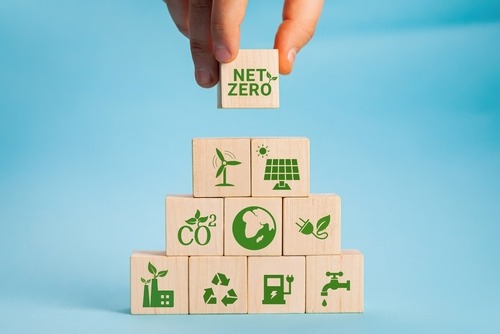Pacific Power files first plan to eliminate its greenhouse gas emissions by 2040

An inaugural plan filed with the Oregon Public Utility Commission by Pacific Power would align the company with the state’s clean energy measure by eliminating greenhouse gas emissions for all electricity sold by 2040.
“This plan continues our progress on the path to decarbonization,” Matt McVee, Pacific Power’s vice president for regulatory policy and operations, said. “We are also working to enhance system resilience and reliability while exploring and supporting community-based renewable energy projects.”
The Oregon clean energy measure, or HB 2021, was signed into law in 2021. It required electricity providers to reduce emissions by 80 percent below 2010-2012 baseline emissions levels by 2030, 90 percent by 2035, and completely by 2040. Pacific Power’s take on this approaches the issue from several angles, but most directly through existing long-term resource plans, which include the addition of more than 9,000 MW of wind generation, 8,000 MW of solar, and 8,000 MW of energy storage, and other non-emitting sources over the next 20 years.
Even with those plans, though, the company reckoned that gaps would appear between Oregeon’s requirements after 2030 and its own existing resource plans. As a countermeasure, Pacific Power proposed two possible paths to meet the 2040 requirement, built on utilizing non-emitting resources for anticipated energy demand growth and the need for advances in technology after 2030.
At the same time, the plan included two interim metrics for system resilience: one measure attempts to reduce the frequency and duration of energy outages, and another focuses on improving resilience for vulnerable communities. Additionally, Pacific Power will push small-scale renewable energy projects that could be combined with microgrids, storage systems, demand response systems, and more to further climate resilience.
As part of these efforts, Pacific Power planned a series of public engagement meetings related to the clean energy plan and identified five measurement areas it will use as community benefit indicators: system and community resilience; health and community well-being; environmental impacts; energy equity; and economic impacts.
An updated integrated resource plan filed alongside these measures called for nearly four times the company’s current wind and solar resources and investments into new emissions-free technologies, such as advanced nuclear and non-emitting peak resources for high-demand periods.
